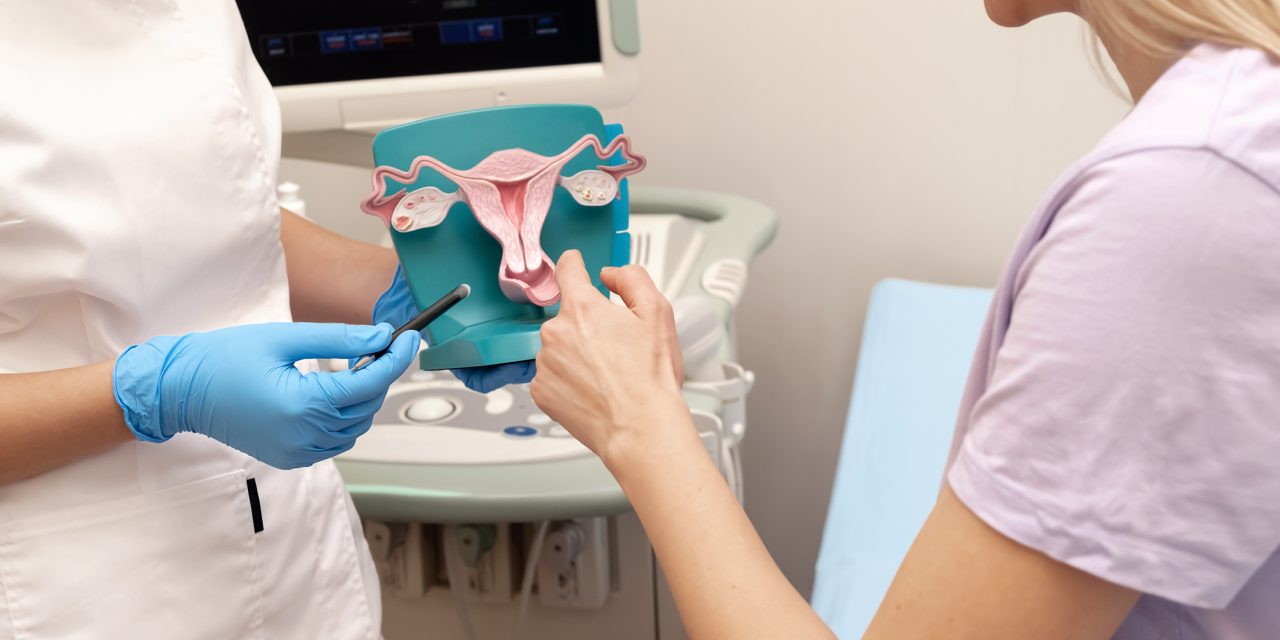Interval cytoreductive surgery combined with hyperthermic intraperitoneal chemotherapy (HIPEC) showed promising oncologic outcomes for patients with advanced ovarian cancer, but a large-scale, multicenter study to evaluate the efficacy of HIPEC combined with primary cytoreductive surgery (PCS) has yet to be conducted.
To compare survival outcomes between PCS with HIPEC vs PCS alone for patients with stage III epithelial ovarian cancer.
This cohort study was conducted from January 2010 to May 2017 at 5 high-volume institutions in China. A total of 584 patients with stage III primary epithelial ovarian cancer were treated with either PCS alone or PCS with HIPEC. The median (interquartile range) follow-up period was 42.2 (33.3-51.0) months. Data analysis was conducted from August to December 2019.
PCS with HIPEC vs PCS alone.
Primary outcomes were median survival time and 3-year overall survival. The inverse probability of treatment weighting (IPTW) method, based on propensity score, was used to control for confounding factors.
From a total of 789 patients with stage III epithelial ovarian cancer, 584 patients (74.0%; mean [SD] age, 55.0 [10.5] years) were ultimately included for IPTW in this study. Of the 584 patients, 425 (72.8%) underwent PCS with HIPEC and 159 (27.2%) underwent PCS alone. After IPTW adjustment, the median survival time was 49.8 (95% CI, 45.2-60.2) months for patients undergoing PCS with HIPEC and 34.0 (95% CI, 28.9-41.5) months for patients undergoing PCS alone, and the 3-year overall survival rate was 60.3% (95% CI, 55.3%-65.0%) for patients undergoing PCS with HIPEC and 49.5% (95% CI, 41.0%-57.4%) for patients undergoing PCS alone (weighted hazard ratio, 0.64; 95% CI, 0.50-0.82; P < .001). Further stratified into complete and incomplete surgery subgroups, patients in the PCS with HIPEC group had significantly better survival than those in the PCS group, except for the 3-year overall survival rate in the incomplete subgroup. Among those who underwent complete surgical procedures and comparing those who received PCS with HIPEC vs those who received PCS alone, the median survival time was 53.9 (95% CI, 46.6-63.7) months vs 42.3 (95% CI, 31.1-59.3) months (P = .02), and the 3-year overall survival rate was 65.9% (95% CI, 60.1%-71.2%) vs 55.4% (95% CI, 44.7%-64.8%) (P = .04); meanwhile, among patients who underwent incomplete surgical procedures and comparing those who received PCS with HIPEC vs those who received PCS alone, the median survival time was 29.2 (95% CI, 22.3-45.5) months vs 19.9 (95% CI, 11.6-39.1) months (P = .03), and the 3-year OS rate was 44.3% (95% CI, 34.6%-53.4%) vs 36.7% (95% CI, 23.4%-50.1%) (P = .19). The treatment was well tolerated in both groups.
In this study, the PCS with HIPEC treatment approach was associated with better long-term survival. When complete PCS is possible, this approach could be a valuable therapy for patients with stage III epithelial ovarian cancer.
Evaluation of Cytoreductive Surgery With or Without Hyperthermic Intraperitoneal Chemotherapy for Stage III Epithelial Ovarian Cancer.


